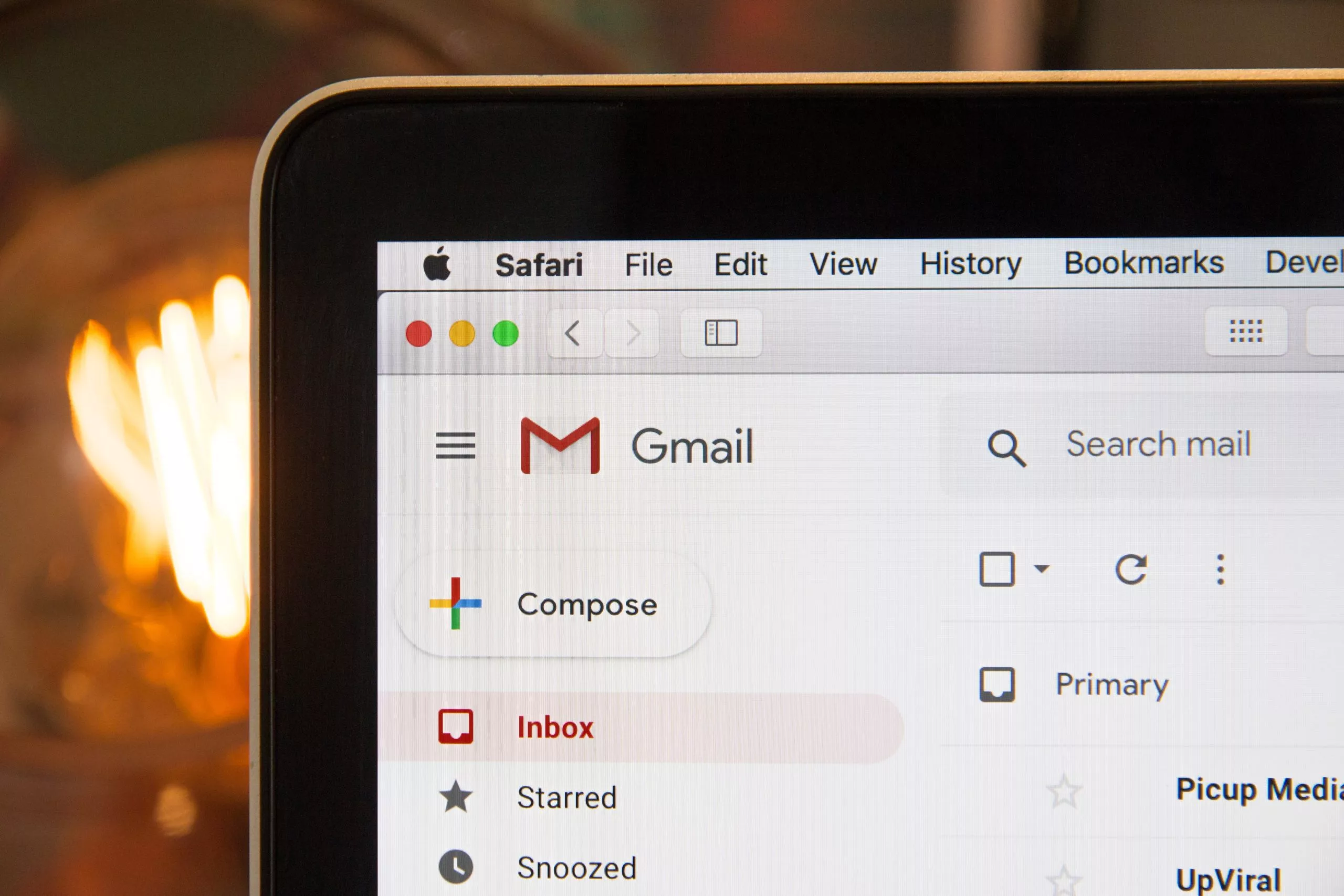Accelerate deals and increase win rates with the leading enterprise demo platform.
The Five Elements of a Solid Cold Email

Last Updated:
February 10, 2025
February 10, 2025
Table of Contents
The other day, I found this fantastic post from Kyle Coleman at Clari laying out the five essential elements of a cold email. It’s based on his experience seeing what works for tons of SDRs and backed by data too.
So I wanted to do a deep dive into each of these email elements to see what’s really working and why – and how it can work for your cold emails too.
- A short subject line. Let’s face it – most of us have pretty short attention spans these days, at least for emails that we didn’t ask for. Prospects aren’t going to bother opening your email unless they’re pulled in by your subject line, and they can’t get pulled in unless they can see the whole thing. Since 77% of email opens are happening on mobile devices, which offer even less space, getting those subject lines short and sweet really matters. And when your subject line is really short, your prospects can get a preview of the first line of the email itself as well which can pique their interest further.
- Personalization. Next, include your reason for reaching out that should resonate strongly with your prospect and include a note of personalization. We’re all wary of opening emails that could be from spammers or bots, so ensuring your recipient knows why you’re sending this email is essential. And including personalization in your emails generates 6x higher transaction rates – so what are you waiting for? Personalization and rapport also increase how much your prospect trusts you, which encourages them to open your email. They feel confident you’re a real person who knows them and what they’re about, and so they wonder if you have value to offer them. And that trust and curiosity gets them to open that cold email.
- A challenge they face. Now that you’ve gotten them to open the email, you need to pull them in with a concise summary of their pain points, either one they’re having now or one they’ll experience in the future. This shows you understand their business and the challenges they face, which builds that trust even more. And if they see you understand their problem, they have more confidence you’ll offer a solution that actually helps them significantly.
- How your solution solves that pain point. It’s time to come in with the value proposition – how does your product solve their pain point for them? This isn’t a time to get deep into the technical details, but to clearly and briefly state what your product can do for them (not just what it does, or a list of features). You’ve written the whole email to get to this moment, so make you really have this part nailed! This is also a great place to put in any quick product tours or website demos you have so the prospect can see for themselves what you do. Reprise makes it easy to create customized, clear demos you can send right to prospects so they get that lightbulb moment – they see what you do and the value instantly becomes clear.
- The interest-based CTA. Even though you’ve done a fantastic job of pulling the prospect in with this cold email – they’re read all the way to the bottom at this point, after all – you’re not entitled to a meeting just yet. It’s still on their terms since you reached out cold. Including an interest-based CTA that allows them to get in touch if they want to ensure you’re not coming off as pushy or aggressive – you’re just letting your solution speak for itself.
And that’s how it’s done! Writing an effective cold email is tricky, but there are plenty of ways to make it work. This is just one approach I love.
Photo by Stephen Phillips – Hostreviews.co.uk on Unsplash






